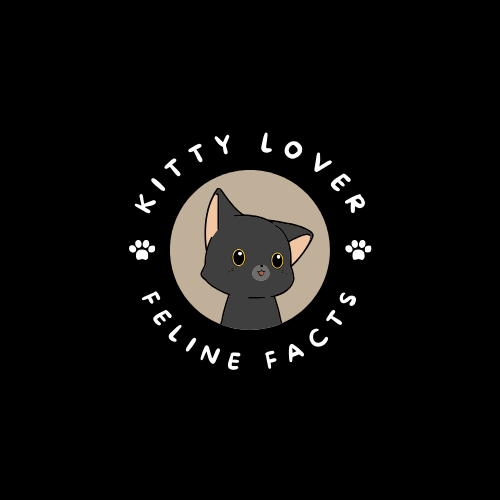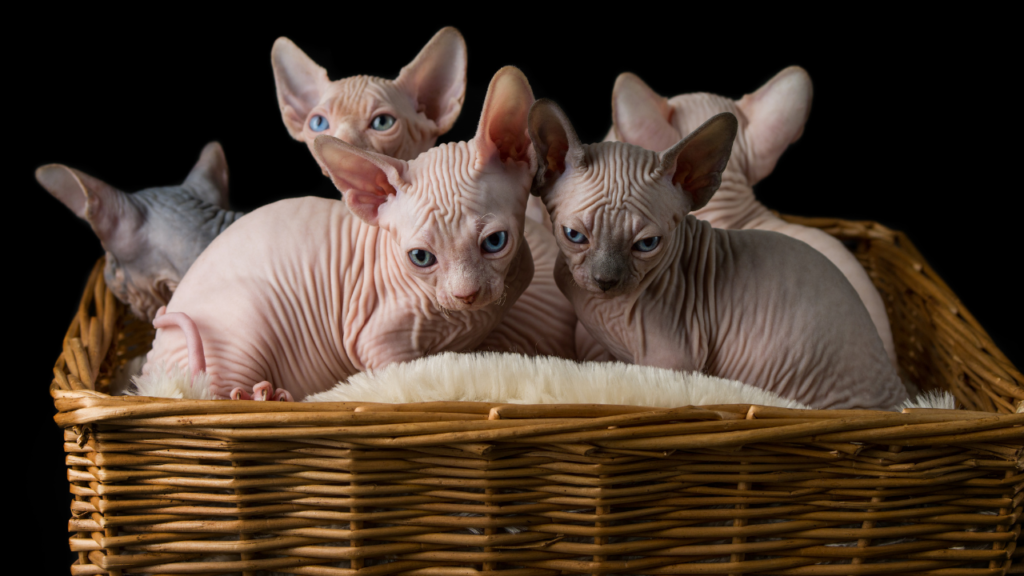Why do cats like boxes so much? It’s not just that they’re weird.
Table of Contents

Let’s talk about why do cats like boxes.
Cat owners have all been there: you buy your cat a new cat tree, cat bed, or other things that arrives in a box. When you unpack the item, your cat will inevitably play with the box more than the object inside. This love of boxes is widespread among cats, but it also appears weird.
Boxes are basic, with nothing particularly intriguing about them – or so you may think. Boxes, on the other hand, are appealing to your cat for a variety of reasons, including the fact that they provide an ideal environment for exploration, sleeping, and playing. But let’s go deeper: Why do cats prefer boxes?
Why do cats choose boxes?

Cats are inherently curious, so they’ll want to explore everything new in your home. When that something new is a box, your cat will undoubtedly gravitate towards it. Once your cat realises how safe, cosy, and enjoyable the box is, he will most likely settle there and refuse to leave. However, there are a few unique reasons why some cats repeatedly seek out cardboard boxes.
Cats feel safe in compact areas, such as boxes.
Boxes create an environment in which cats can feel safe. Cats instinctively seek out tiny, dark, private locations to feel safe or to sleep. Boxes have all of these features, making them extremely appealing locations.
Smaller boxes with a tighter fit around the cat may provide more security. Cats prefer confined locations where they may be pressed up against objects, such as closet walls or couch arms. A box provides this comfort and stability, which may help alleviate your cat’s nervousness. Try to pay attention when your cat climbs into their box, especially if it appears out of nowhere.
Boxes can feel cosy and comforting.
Your cat may also seek out a box due to the warmth it provides. The enclosed compartment keeps any drafts out, and with your cat’s body heat to help warm it up, a box may make for a cosy spot that’s warmer than the rest of the house. Once your cat learns this, he may seek out boxes when it’s time to nap, knowing that the box will keep him warm. If your cat always climbs into the boxes on Christmas morning to enjoy the cosiest cat nap, this could be part of the issue.
Boxes are fascinating and enjoyable!
Cats have a lot of pleasure playing with boxes. They provide an excellent scratching sound, and their texture is very enticing to playful cats. This is especially true for cats who enjoy scratching; yet, a cardboard box may end up being more entertaining than their cat scratcher.
A wonderful box is also an excellent location to ambush anyone else walking through the house, whether it’s you, a family member, or another pet. Many cats believe that popping in and out of boxes is the ultimate kind of entertainment, thus boxes become a kind of feline playground.
How to use boxes to your cat’s advantage.

Knowing that cats enjoy boxes allows you to utilise them strategically to make your cat feel at ease, stimulate play, and more. Introduce a variety of box sizes to see which your cat prefers. He’ll swiftly let you know which he prefers.
You may utilise boxes to help your cat in a variety of ways. To build play areas and encourage your cat to stay active, cut holes in boxes and fill them with tantalising catnip. Alternatively, try adding a fleece blanket to your cat’s favourite box to create an even more cosy sleeping area, similar to a dog’s kennel.
Strategically placing a box in your home may provide reassurance for your cat during stressful moments, such as when you welcome a new pet into the family. And if you’re bringing home a new cat, keeping a box ready for him will help him feel more secure during the difficult transition.
Are cardboard boxes dangerous for cats?
Many cat owners appreciate that their feline friend prefers something inexpensive and readily available. Although cardboard boxes are less expensive than cat toys and crates, they do not come without risks. Packaging cardboard may include fasteners, twine, or even glue, which your cat may consume. Even cardboard can cause an intestinal blockage if consumed, so keep an eye on your cat whenever they play with it. Alternatively, if they just use boxes for a comfortable spot to rest, find them something similar that isn’t cardboard!
Cats enjoy boxes for a variety of reasons. When you understand why boxes are so appealing to your cat, you can begin to use them in various ways around your home to help your cat feel happy, secure, and playful. Best of all, boxes are inexpensive and readily available, allowing you to change them out on a regular basis to keep your cat interested. Next time you order something online, don’t be so ready to tear up the box and recycle it. Instead, let your cat play with it first. It may be his new favourite napping location or play area, a simple addition that will keep your cat happy and safe in your home.
Why do cats like boxes so much? It’s not just that they’re weird. Read More »











